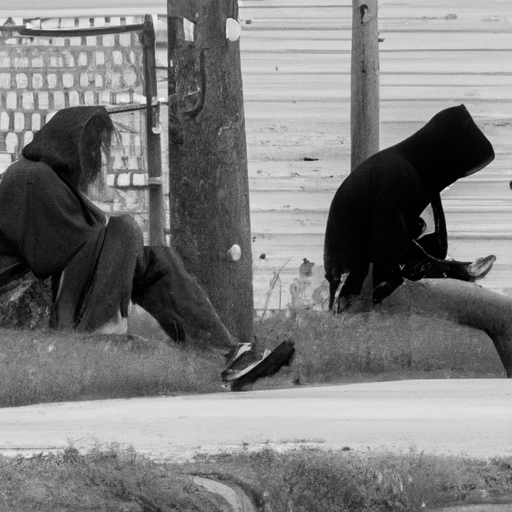The Opioid Crisis in Canadian First Nations Communities: A Deep Dive
Recently, reports have emerged about a dramatic decrease in the life expectancy of individuals in First Nations communities across British Columbia. Today, we will delve into these reports and discuss the catastrophic effects of the opioid crisis, which are a significant contributing factor to this alarming trend.
Effects of the Opioid Crisis on First Nations Communities
A recent report has revealed that the life expectancy in British Columbia’s First Nations communities has dropped by nearly six years, which is absolutely catastrophic. This alarming decline is primarily due to the ongoing opioid crisis ravaging these communities.
Overdoses stemming from opioid use have been identified as the leading cause of death in the province. The crisis has affected all demographics within the community, including young people, with drug toxicity cited as the primary cause of death among individuals between 30 to 49 years of age.
It’s crucial to note this is not just a medical or public health crisis. The opioid crisis also contributes to homelessness and crime in these communities, as individuals suffering from addiction may resort to illegal activities to fund their habit, leading to a cycle of drug use and crime.
Efforts To Combat The Opioid Crisis
To combat the opioid crisis, several initiatives have been undertaken at various levels of government. At the forefront is the Canadian opioid abatement class action, which is an attempt to hold pharmaceutical companies accountable for their role in creating and exacerbating this crisis.
On a local level, governments, non-profit organizations, and indigenous groups are implementing harm reduction strategies to mitigate the damage caused by opioids. For instance, naloxone, a medication that can reverse opioid overdose effects, is being widely distributed in affected communities. While this is a crucial step, it is only a stopgap measure and doesn’t address the root causes of the crisis.
Key Points
- The life expectancy in British Columbia’s First Nations communities has dropped by nearly six years, largely due to the opioid crisis.
- Overdoses from opioid use are the leading cause of death in these communities, with young people being particularly affected.
- The opioid crisis also contributes to homelessness and crime, further destabilizing these communities.
- Efforts to combat the crisis include the Canadian opioid abatement class action and the distribution of naloxone, a drug that can reverse the effects of an opioid overdose.
In conclusion, the opioid crisis is a multifaceted issue that needs immediate attention. It is causing a significant decrease in life expectancy among British Columbia’s First Nations communities, while also contributing to homelessness and crime.
The Canadian opioid abatement class action aims to bring accountability to pharmaceutical companies. Meanwhile, harm reduction strategies, such as the distribution of naloxone, are being employed on the ground. However, these efforts must be supplemented by policies addressing the root causes of the crisis to bring about a comprehensive solution.
As civic and community leaders, we must band together to address this crisis head-on. Through education, prevention, and accountability, we can begin to reclaim the lives lost to the opioid crisis and help rebuild our communities.
